Light pollution has transformed the night sky into a faded memory for most city dwellers, washing out the cosmic spectacle that once guided ancient civilizations. Yet scattered across our planet, exceptional locations still offer pristine views of the universe above, where the Milky Way stretches like spilled diamonds and shooting stars dance through inky darkness.
Finding these astronomical sanctuaries requires venturing beyond urban glow into remote corners where darkness reigns supreme. Here is a list of 16 stargazing destinations that offer some of the clearest, most spectacular views of the night sky on Earth.
Atacama Desert, Chile

The world’s driest non-polar desert sits at 8,000 feet above sea level, creating atmospheric conditions that professional astronomers consider nearly perfect. With rainfall averaging less than half an inch annually, clouds rarely interfere with celestial observations here.
The thin air and minimal water vapor allow starlight to reach your eyes with remarkable clarity, making distant galaxies visible to the naked eye that would otherwise remain hidden elsewhere.
Mauna Kea, Hawaii
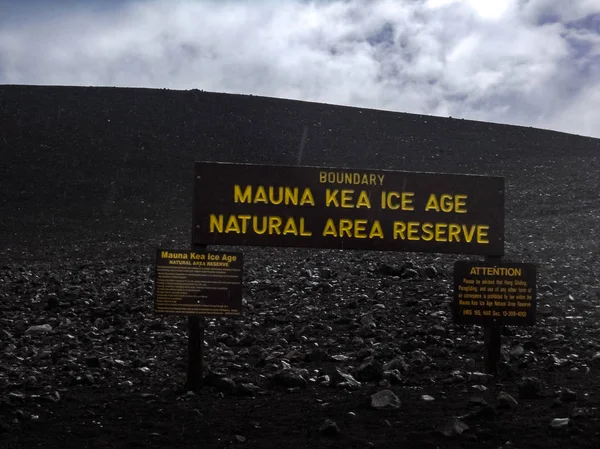
This dormant volcano rises 13,796 feet above the Pacific Ocean, placing its summit above 40% of Earth’s atmosphere. The isolated location in the middle of the world’s largest ocean means zero light pollution from distant cities affects the viewing conditions.
Professional observatories cluster around the peak precisely because the seeing conditions rival anywhere on the planet, with atmospheric turbulence so minimal that stars appear as pinpoints rather than twinkling lights.
Like Travel Pug’s content? Follow us on MSN.
Death Valley, California
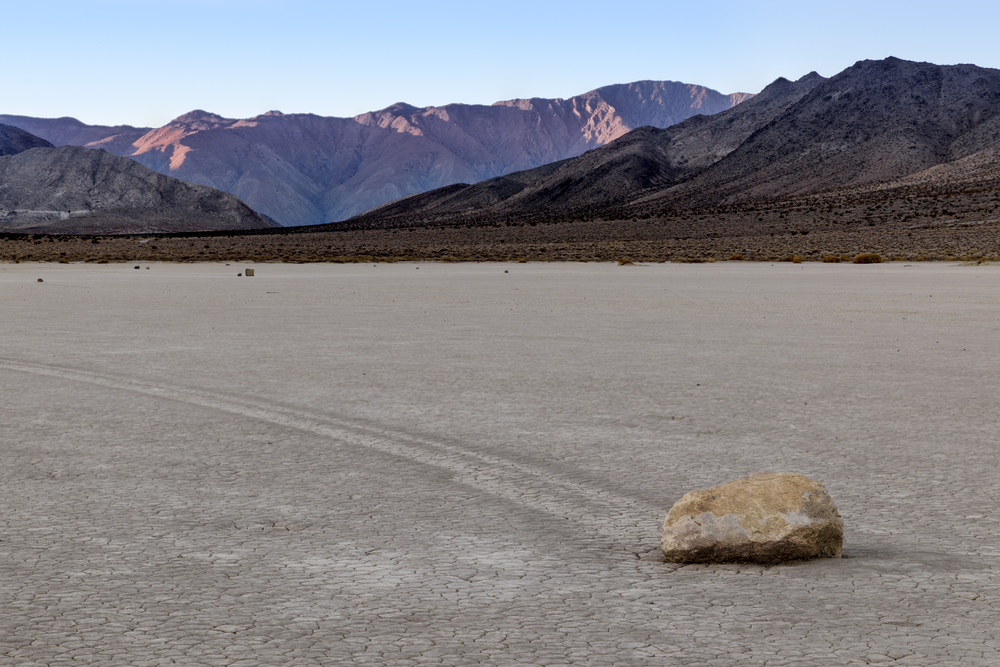
Despite its ominous name, this desert basin provides some of North America’s darkest skies, earning official recognition as a Dark Sky Park. The valley floor sits 282 feet below sea level, surrounded by mountain ranges that block light pollution from Las Vegas and Los Angeles.
Summer temperatures can exceed 120°F during the day, but winter nights offer comfortable viewing conditions with crystal-clear air that makes the Andromeda Galaxy visible without optical aids.
Aoraki Mackenzie, New Zealand
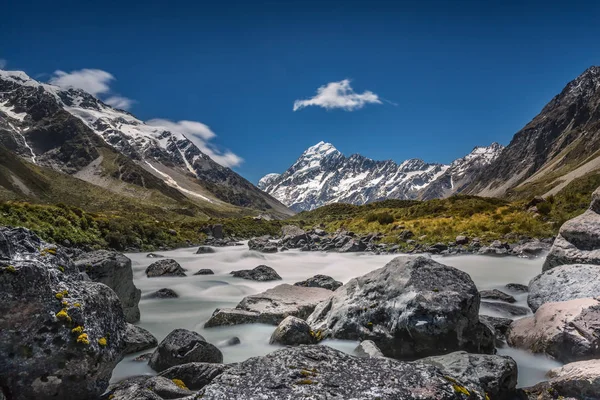
The Southern Hemisphere’s largest Dark Sky Reserve encompasses 1,700 square miles of New Zealand’s South Island, where light pollution ordinances protect the pristine night environment. This location offers unique views of celestial objects invisible from northern latitudes, including the Southern Cross and Magellanic Clouds.
The reserve’s elevation and consistently clear weather patterns create ideal conditions for observing both familiar constellations and southern-sky-only.
Jasper National Park, Canada
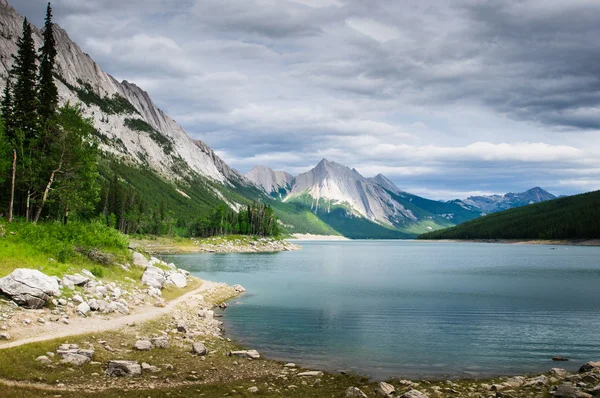
Canada’s second-largest national park earned Dark Sky Preserve status thanks to its remote location in the Canadian Rockies and strict light pollution controls. The park’s 4,200 square miles of protected wilderness sit far from major urban centers, while the thin mountain air at elevation enhances visibility.
Summer nights may be short this far north, but they compensate with spectacular aurora displays that paint the sky in green and purple curtains.
Like Travel Pug’s content? Follow us on MSN.
Salar de Uyuni, Bolivia
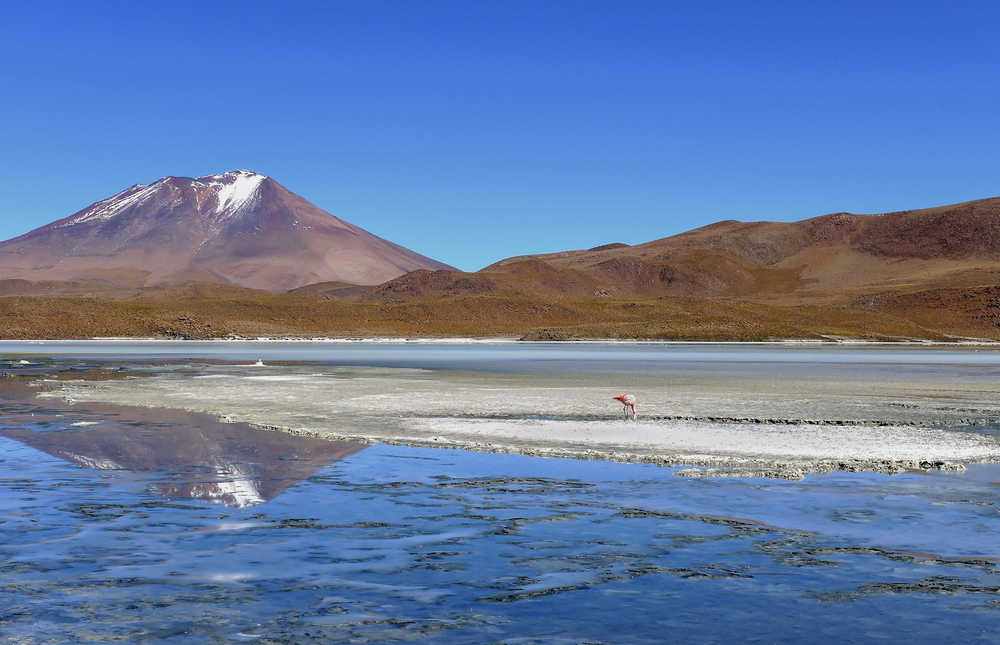
The world’s largest salt flat transforms into a natural mirror during the rainy season, but its dry months offer something even more extraordinary for stargazers. At 12,000 feet elevation, this otherworldly landscape provides crystal-clear skies with virtually no atmospheric distortion.
The blindingly white salt surface reflects starlight upward, creating the illusion that you’re floating in space, surrounded by stars both above and below.
Tenerife, Canary Islands
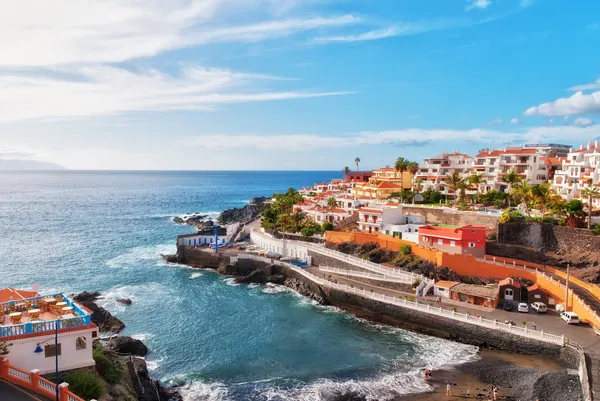
This volcanic island in the Atlantic Ocean benefits from stable atmospheric conditions created by its geographic isolation and the surrounding ocean’s moderating influence. The Teide Observatory sits at 7,500 feet on the slopes of Spain’s highest peak, where trade winds create remarkably steady air that minimizes stellar twinkling.
European astronomers have established major research facilities here specifically because the seeing conditions rival the world’s best mountaintop observatories.
Kerry International Dark-Sky Reserve, Ireland
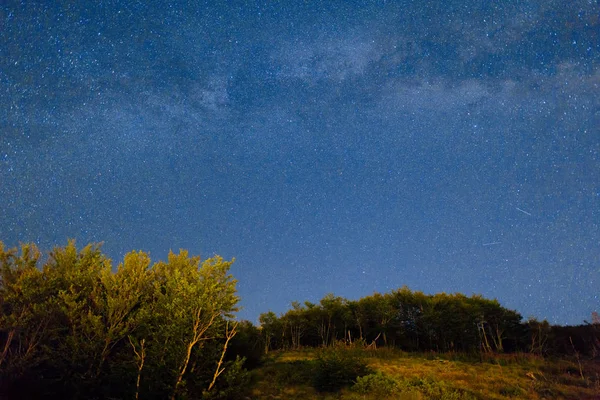
Europe’s first Gold Tier Dark Sky Reserve covers the remote Iveragh Peninsula, where Atlantic winds sweep away atmospheric pollutants and create exceptionally clear conditions. The reserve’s coastal location means maritime air keeps humidity levels optimal for stargazing, while its designation ensures light pollution remains minimal.
Ancient stone circles and ring forts scattered throughout the landscape remind visitors that humans have been observing the cosmos from this location for thousands of years.
Like Travel Pug’s content? Follow us on MSN.
Pic du Midi, France

This 9,400-foot peak in the French Pyrenees hosts one of Europe’s premier astronomical observatories, accessible via cable car for public stargazing sessions. The mountain’s isolation above the cloud layer ensures remarkably stable atmospheric conditions, while its elevation places observers well above lower atmospheric turbulence.
The combination of professional-grade telescopes and pristine viewing conditions makes this destination unique among accessible stargazing locations.
Elqui Valley, Chile
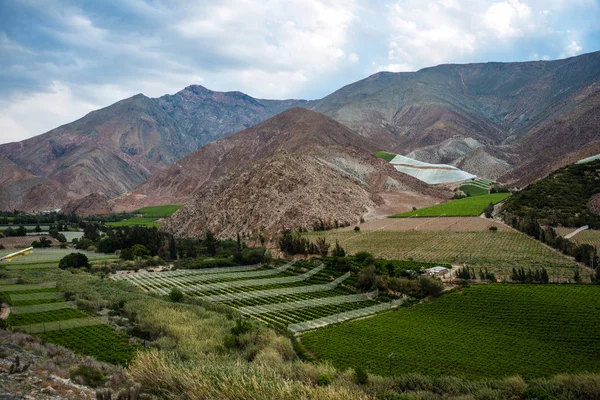
Located in the foothills of the Andes Mountains, this narrow valley enjoys over 300 clear nights annually thanks to its position between the Pacific Ocean and the towering mountain range. The valley’s astronomical tourism industry has grown around its exceptional natural conditions, with numerous observatories offering public viewing sessions.
The dry mountain air and minimal light pollution create conditions so favorable that amateur astronomers regularly photograph deep-sky objects that remain invisible from most locations.
Ladakh, India
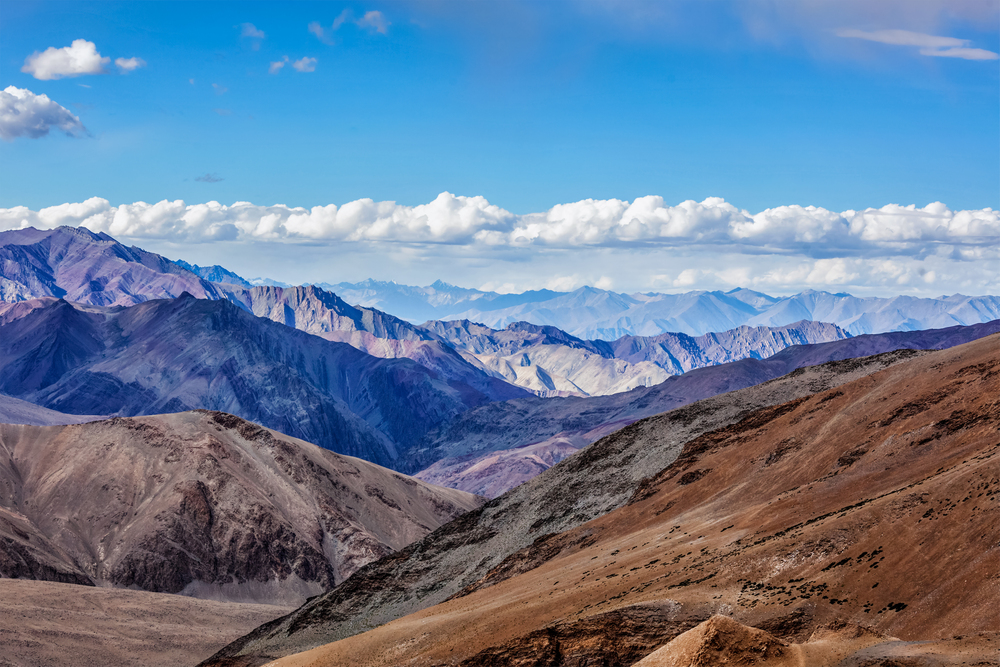
Often called ‘Little Tibet,’ this high-altitude desert region sits at elevations exceeding 11,000 feet, where the thin atmosphere provides exceptional transparency. The region’s location in the rain shadow of the Himalayas means cloud cover rarely interferes with observations, while its remote position ensures minimal artificial lighting.
Buddhist monasteries perched on mountainsides add cultural context to the cosmic experience, creating a spiritual dimension to stargazing sessions.
Like Travel Pug’s content? Follow us on MSN.
Uluru-Kata Tjuta National Park, Australia
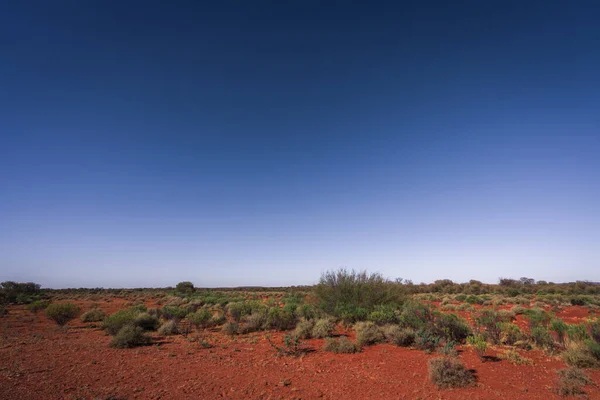
The Australian Outback’s famous monolith rises from red desert plains hundreds of miles from the nearest city, creating some of the Southern Hemisphere’s darkest skies. Aboriginal astronomy traditions connect star patterns to creation stories spanning tens of thousands of years, adding cultural depth to the viewing experience.
The desert’s low humidity and stable atmospheric conditions make this location ideal for observing uniquely southern celestial objects like the Coal Sack Nebula.
Mont-Mégantic, Quebec
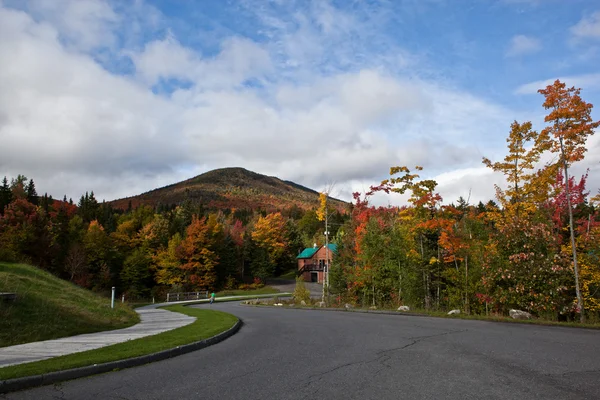
North America’s first International Dark Sky Reserve demonstrates how light pollution controls can restore pristine night skies even in populated regions. The reserve’s 2,100 square miles benefit from cooperation between multiple municipalities that have modified their lighting to preserve darkness.
Located just 150 miles from Montreal, this accessible destination proves that exceptional stargazing doesn’t require traveling to the world’s most remote corners.
Namib Desert, Namibia
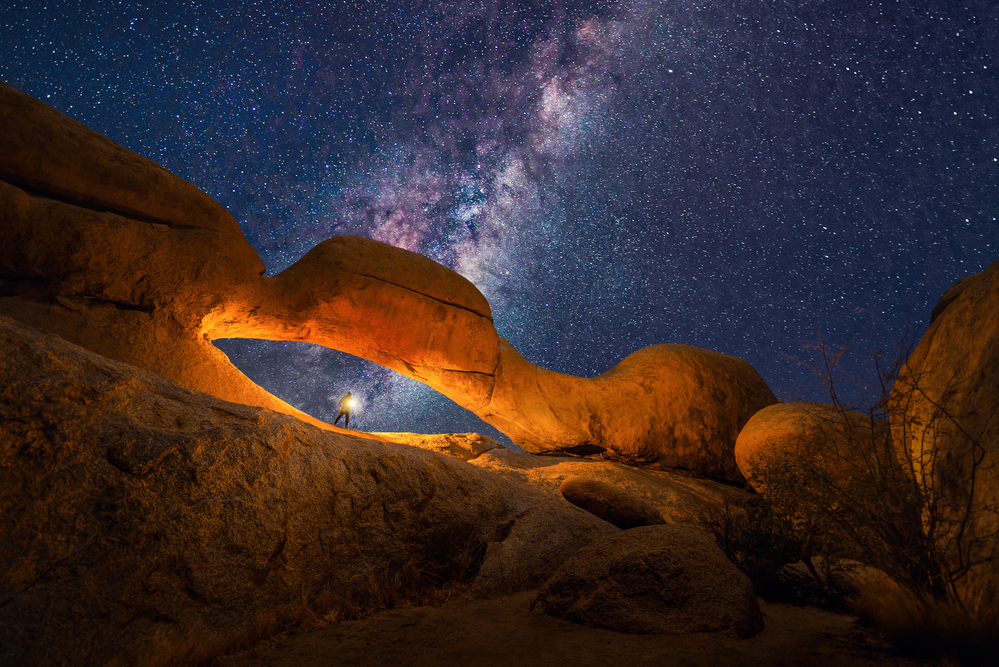
This ancient desert along Africa’s southwestern coast offers some of the continent’s clearest skies, enhanced by cold ocean currents that create stable atmospheric conditions. The desert’s position between the Atlantic Ocean and interior highlands creates a unique microclimate with minimal cloud cover and exceptional visibility.
Sossusvlei’s towering red dunes provide natural amphitheaters for stargazing, where the contrast between Earth’s ancient landscape and the cosmic vista creates an unforgettable experience.
Like Travel Pug’s content? Follow us on MSN.
Big Bend National Park, Texas
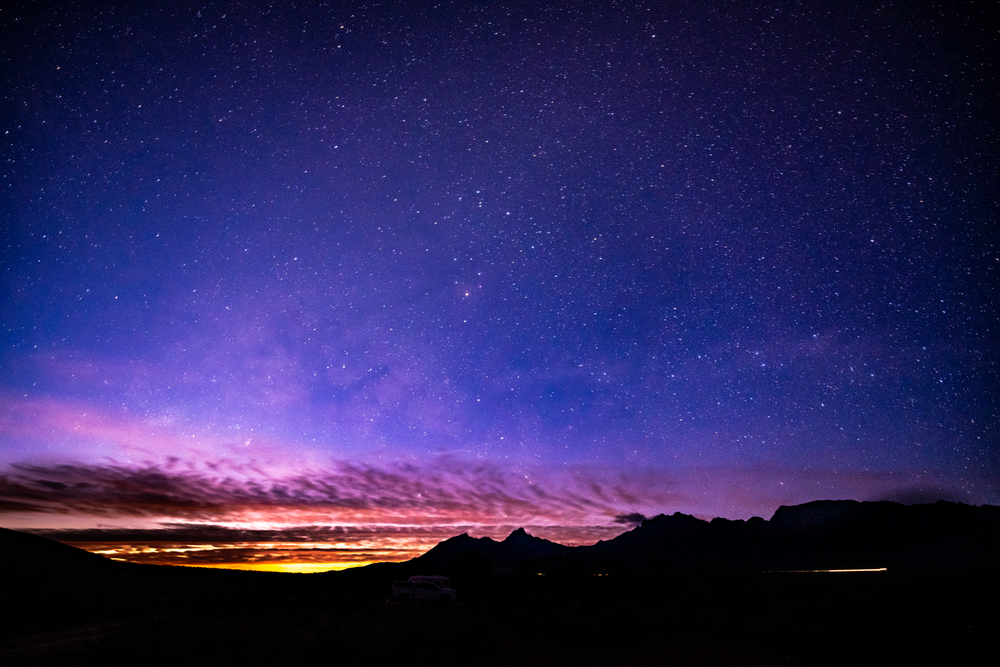
The Rio Grande forms this park’s southern boundary with Mexico, creating a natural buffer from urban light pollution, while the surrounding Chihuahuan Desert provides crystal-clear skies. The park’s remote location means the nearest city lights are over 100 miles away, while its elevation and desert climate ensure excellent atmospheric conditions.
Night sky programs led by park rangers take advantage of these exceptional conditions to showcase celestial objects often invisible in more populated areas.
Lake Tekapo, New Zealand
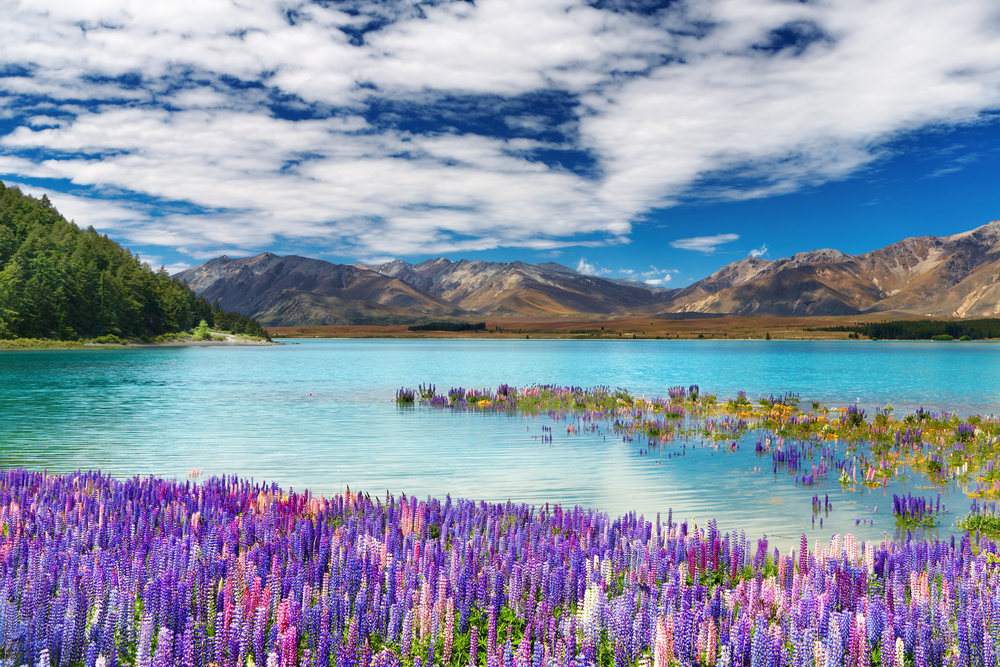
This glacial lake sits within the Aoraki Mackenzie Dark Sky Reserve, where pristine conditions combine with unique southern sky views to create an astronomical paradise. The lake’s turquoise waters reflect starlight during calm nights, doubling the cosmic spectacle, while surrounding mountains block any distant light pollution.
The combination of high elevation, clean air, and strict light controls makes this location ideal for photographing celestial objects unique to southern latitudes.
Where Darkness Reveals Light

These destinations remind us that exceptional stargazing requires more than just looking up—it demands seeking out places where darkness itself becomes a precious resource. Each location offers not just clear skies but a return to humanity’s original relationship with the cosmos, where navigation, timekeeping, and storytelling all began with careful observation of the night sky.
Whether you choose the world’s driest desert or its most isolated islands, these stargazing sanctuaries prove that our planet still harbors places where the universe reveals its full glory to those willing to venture beyond the glow of civilization.
Like Travel Pug’s content? Follow us on MSN.
More from Travel Pug

- 20 Best Beach Towns in the Carolinas
- 13 Destinations Where Tourists Regularly Regret Their Trip
- 20 Destinations That Are More Magical Without an Itinerary
- 20 Underrated Adventures That Belong on Your Travel List
- 20 Cities Where You Should Just Wing It, No Planning Required
Like Travel Pug’s content? Follow us on MSN.
